If I had a pound every time I heard, “The best camera is the one you have with you,” I’d have enough money to retire from photography completely. Despite the overuse, the old adage rings true, especially with the advent of the camera phone. Digital cameras can be overwhelming. With expensive lenses, complex settings, and convoluted importing processes, sometimes it’s much easier to pull out your phone and tap away.
When you do, it’s important to make sure you’re getting the most out of the potential of your phone’s camera. Whether you plan to use the photos for an auction listing or for your career as the next automotive influencer, these few tips will help you go from casual snapper to camera phone conqueror.

For this exercise I visited BradCo Restorations in Warren, Michigan, armed with my iPhone XR.
Composing the shot
Low angle versus high. It’s your call, and really depends on the car. If there’s something unique about the top of the car, like a hood scoop or graphics, don’t obscure it by shooting too low. Don’t be shy to climb a nearby tree or crawl in the grass to capture a car’s best angle. You don’t always need to, though. I love the spacious greenhouse on a BMW 2002, for example, and attacking that car at chest level flatters the coupe’s classy proportions. In the case of this 1969 Alfa 1750 GTV, I was really digging the vertical grille, so I went for a low angle.
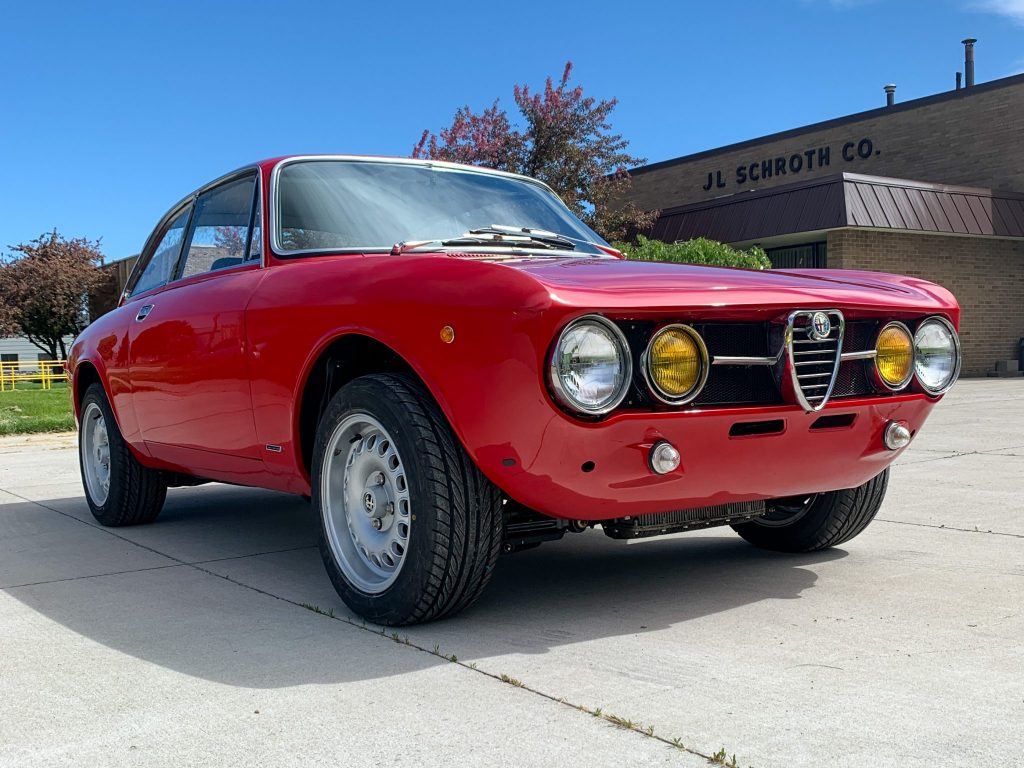
The iPhone XR has a 26-mm lens. This lens is fairly wide, so the image may be slightly distorted. If the car is in the centre of the frame, it will look drastically different than it would at, say, the edge of the frame. Use this to your advantage and exaggerate the car’s proportions. For the image below, I held my phone above my head, making sure the front of the car was in the middle of the frame. (Notice how the perpendicular lines in the concrete seem to angle backwards towards a vanishing point.) Some phones have multiple cameras with varying degrees of distortion. The iPhone 11, for example, has a telephoto lens that preserves the subject’s proportions.
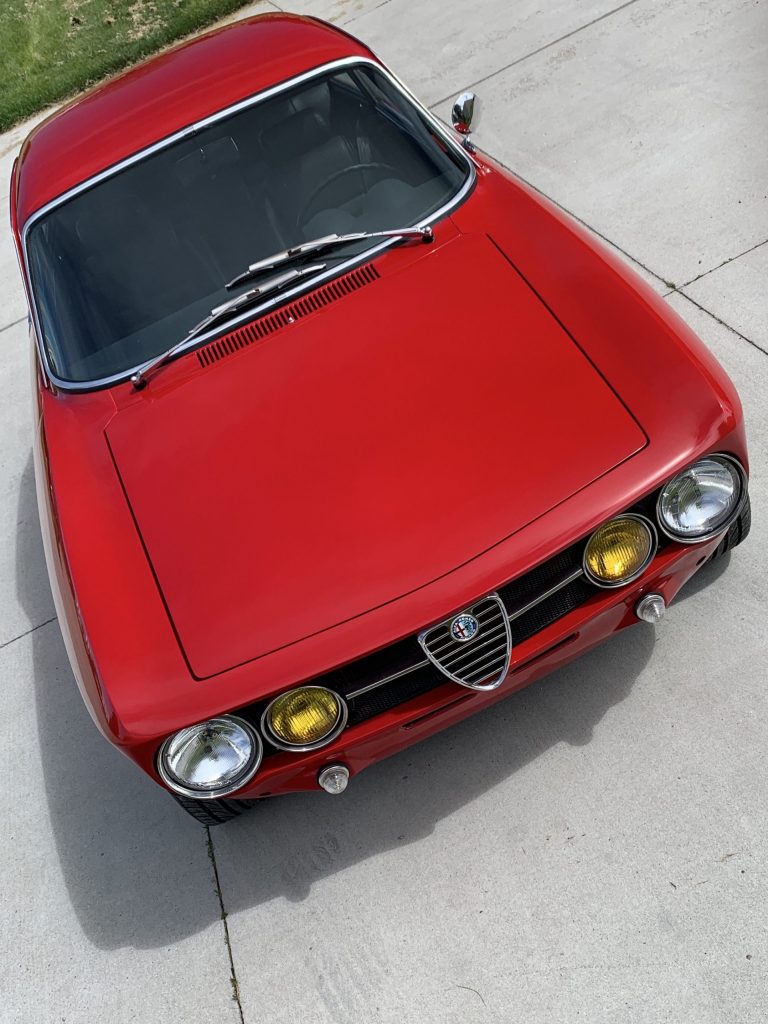
Polarising filters
Perhaps the most underrated tool in photography, a polarising filter minimises glare. For broad, reflective vehicle surfaces, one of these is a must. In this exercise, I used a polariser from my digital camera kit, but companies make tiny filters exclusively for camera phones. Once you have a filter over your camera’s eye, simply rotate the polariser until the reflection is eliminated. The photo on the left was taken without a polariser. Both are unedited. Check out how much of the reflection disappears with the addition of the filter on the right. (Chef’s kiss!)
Editing software
There are plenty of mobile editing applications. Snapseed is one of the top free apps, and I used it on this occasion. Typically, I drop the highlights, reduce the shadows, add a little bit of contrast, and crop the image so that the car is level. Ask the next photographer, and they’ll tell you they do the exact opposite. The best thing you can do is experiment and find your style. In addition to my usual adjustments, I also used Snapseed’s Perspective feature to straighten the garage door and exaggerated the Alfa’s natural lines.
If you’re happy to spend money on editing software and want to take things a step further, you can purchase the authority in photo editing, Adobe Lightroom, for £9.98 per month. If Snapseed is a puddle, Lightroom is an ocean.
And remember, keep the lens clean!
Make sure your camera is clean. Oily fingers and linty pockets will cloud your camera’s lens. Always check it before shooting.
Don’t zoom. Zooming on most camera phones will drastically lower the resolution. Want your subject to appear larger in-frame? Use those legs.
Discussion
Have your own tips? Share them with the community, in the comments below.
Cameron Neveu is a photographer based in America. This story first appeared on Hagerty.com

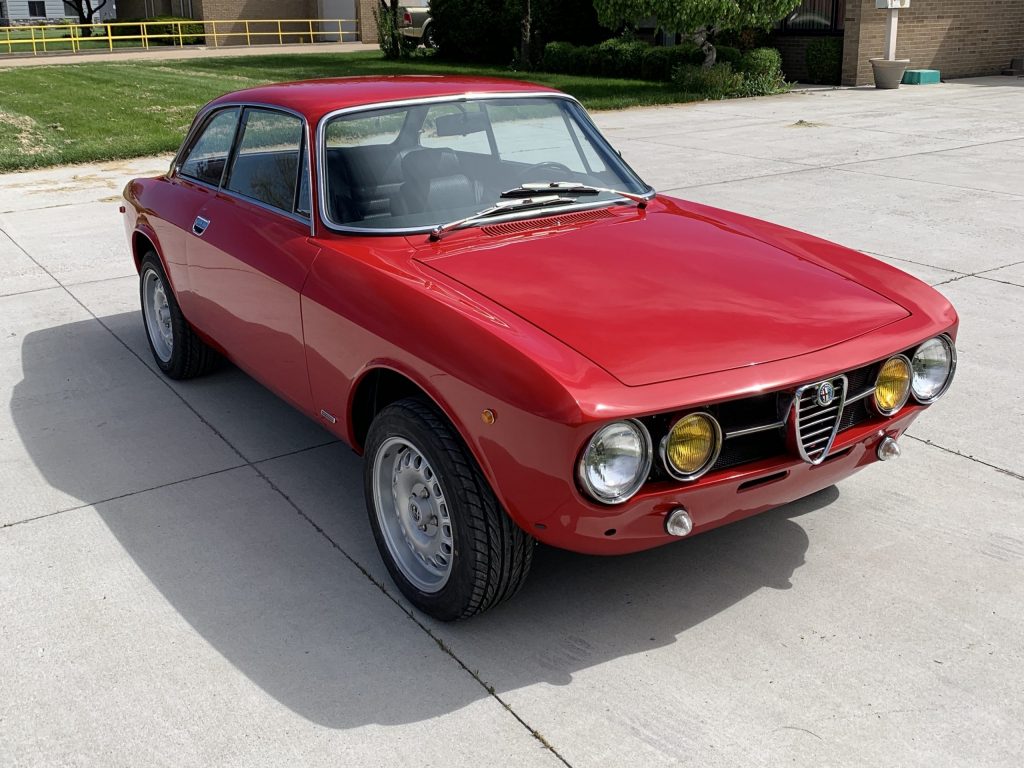
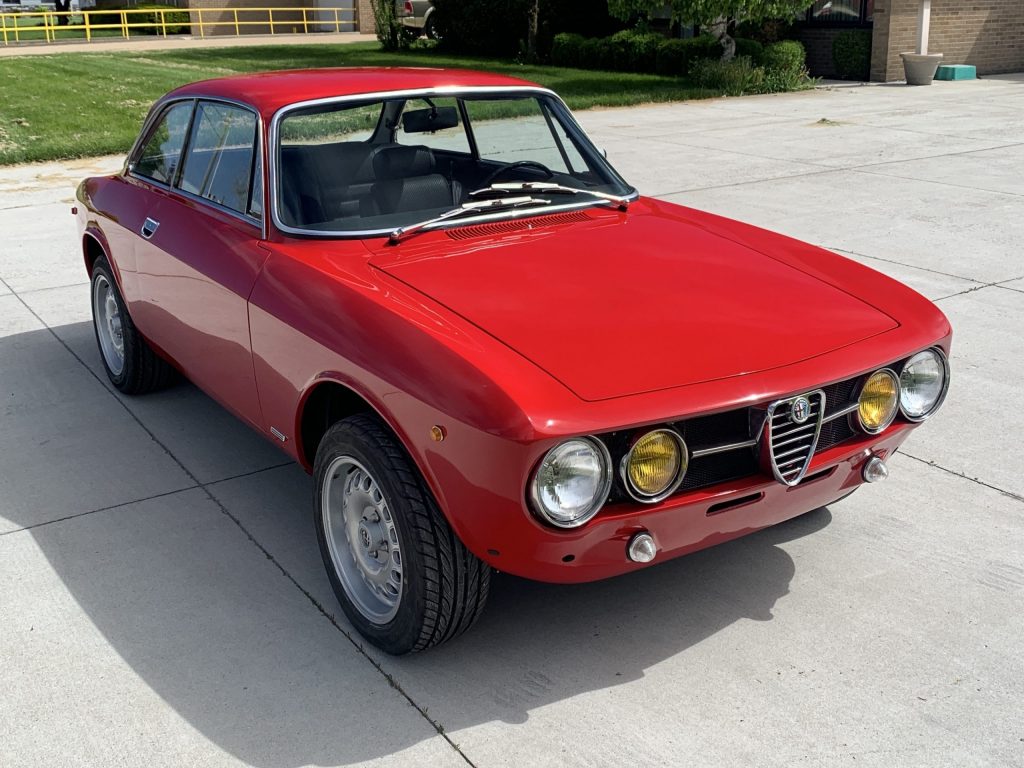
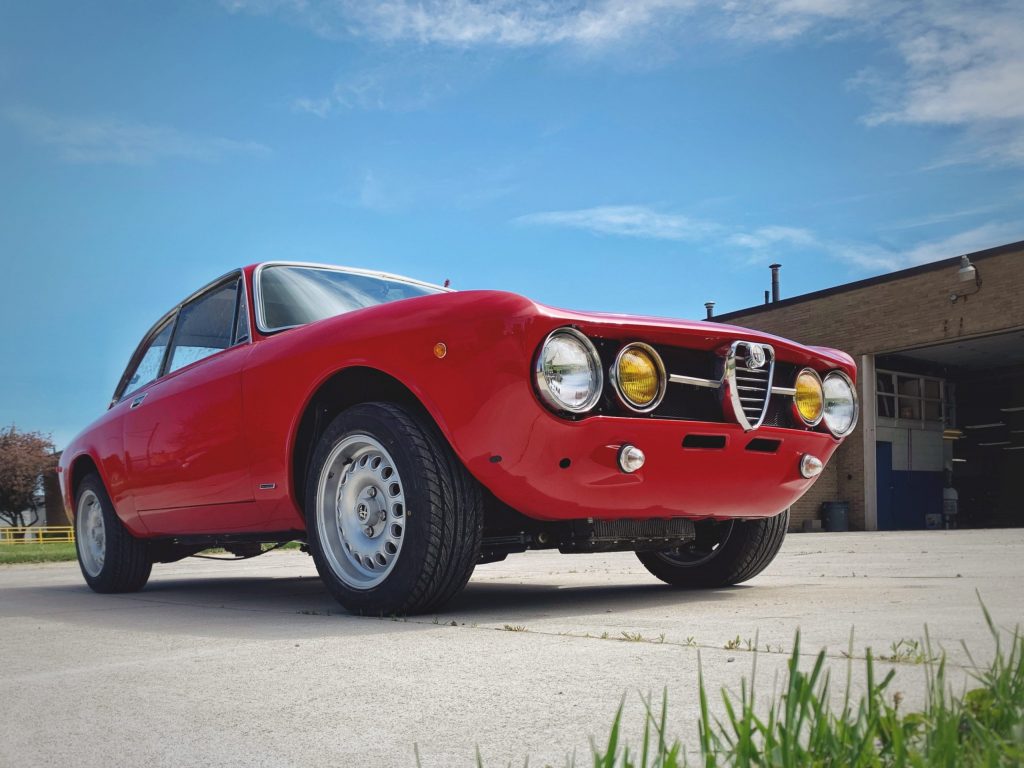
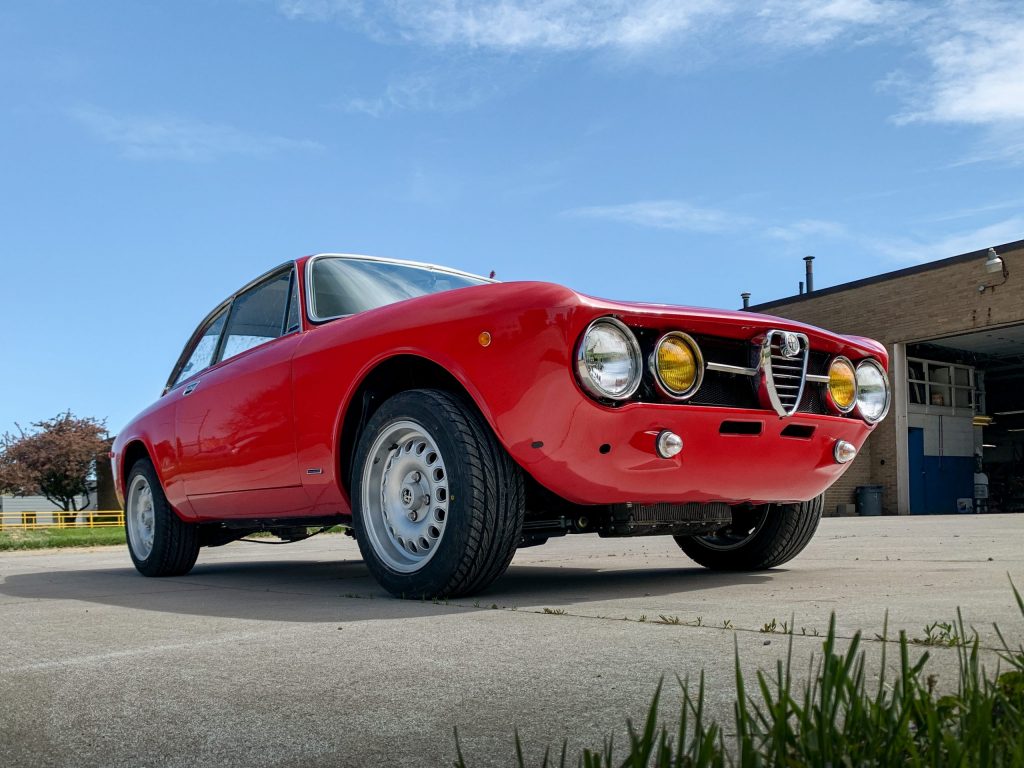







comment
comment
comment